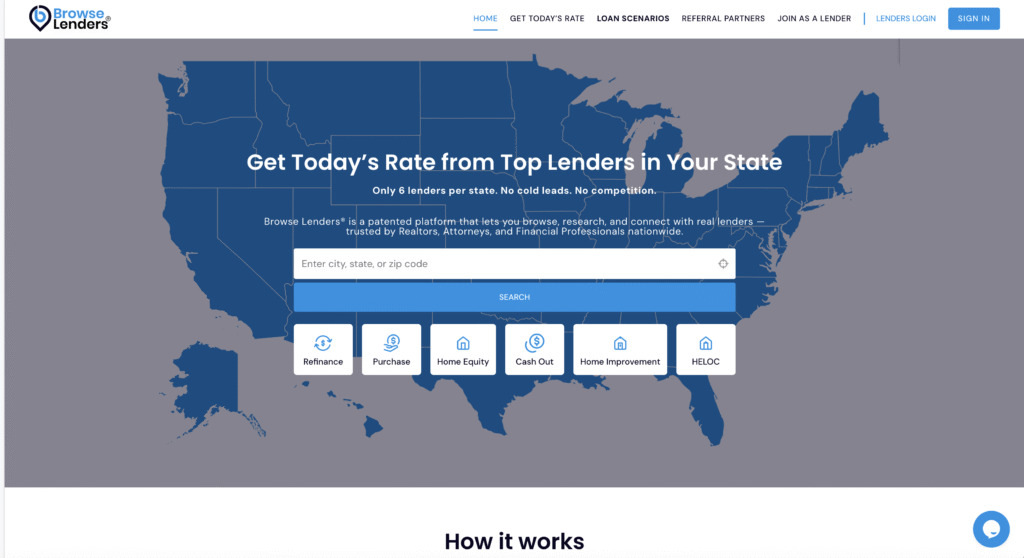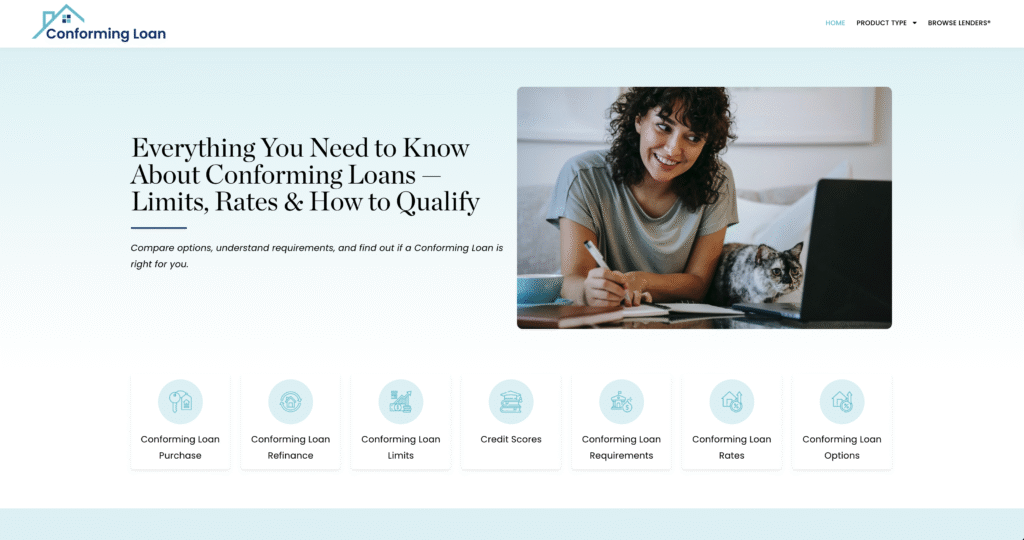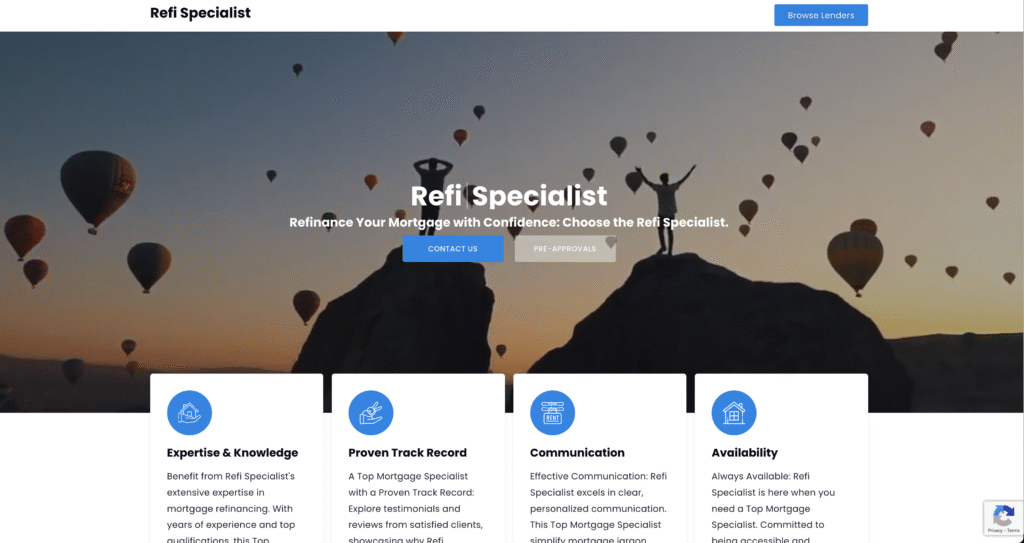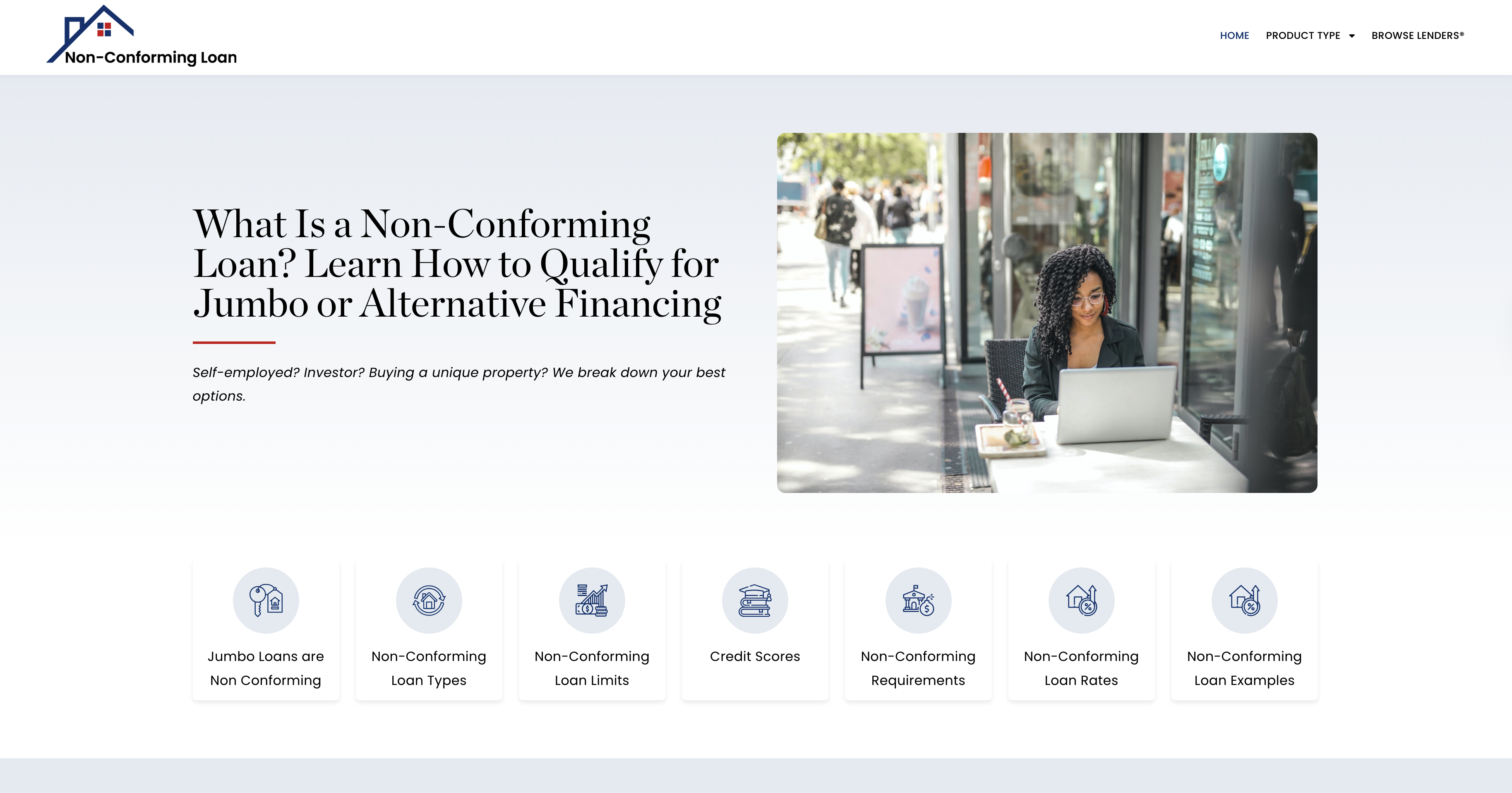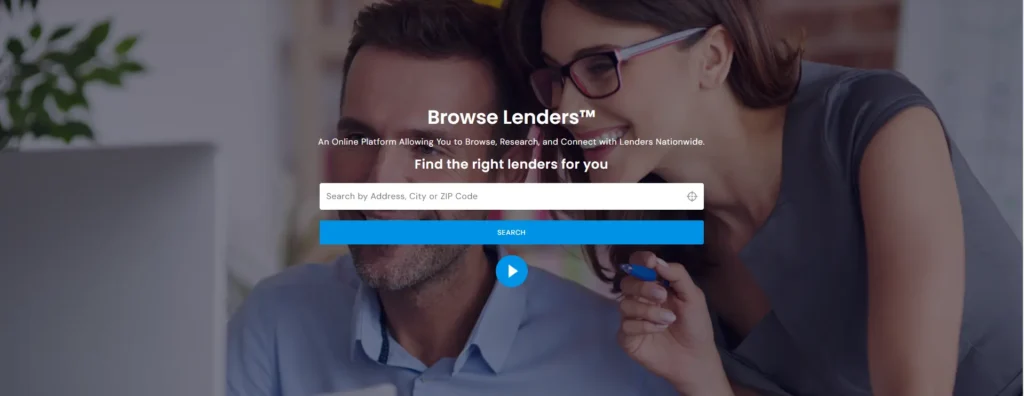The #1 Pain Point in Lending Today Isn’t Lead Volume — It’s Lead Readiness
Lenders aren’t struggling to find people who want a mortgage, refinance, or HELOC. The problem is that too many consumers are entering the process unprepared for lender reality, because they are using the wrong score to measure readiness.
Borrowers show up optimistic — but unqualified, not because of income or assets, but because they never saw the middle score before applying.
This creates three costly breakdowns for lenders:
- Time is wasted on borrowers who cannot qualify yet
- Underwriting delays kill momentum
- Late-stage fallout destroys pull-through rate
For originators, that means more dead files than closable ones.
For branch managers, that means higher pipeline volatility.
For mortgage companies, that means weaker margin per funded loan.
The industry doesn’t have a lead problem —
it has a readiness problem.
Borrowers Aren’t Failing — The System Failed to Prepare Them
Most consumers have never seen the actual score underwriting uses.
They see a consumer-facing score in an app and assume they are ready. By the time the lender discovers the middle score gap, the borrower is already emotionally committed… and now they’re discouraged, confused, or embarrassed.
This isn’t a credit issue —
it’s a visibility issue.
Borrowers didn’t misrepresent themselves.
They simply measured readiness with the wrong ruler.
For lenders, that means preventable fallout.
Why the Middle Credit Score® Is the Real Gatekeeper of Fundability
Underwriting doesn’t care which app the borrower has, how confident they feel, or what they “thought” their score was. It will always pull all three bureaus and use the middle score.
That single number controls:
- Program eligibility
- Rate tier assignment
- Conditions applied
- Pricing impact
- Whether the file is workable at all
If the middle score is unknown upfront, the pipeline isn’t a pipeline — it’s a guessing line.
This is why readiness before application matters more than volume.
Borrower Readiness Protects Pull-Through Rate
When borrowers enter the process pre-aligned with the correct score, lenders get a more predictable, fundable pipeline — instead of wasted cycles and rescored disappointment.
Prepared borrowers:
✅ Move faster through underwriting
✅ Require fewer conditions
✅ Don’t stall over recalculated pricing
✅ Stay emotionally confident
✅ Convert more reliably
Pull-through is not about motivation —
it’s about preparation.
First Scenario (Lender-Centered Time Loss Scenario)
An originator receives a highly motivated borrower who appears strong on paper. The borrower’s consumer credit app shows a solid score, so expectations are set accordingly. The file moves forward — disclosures prepared, docs collected, processing time invested. Then underwriting runs the tri-merge and the middle score is materially lower. Suddenly, the pricing changes, eligibility shifts, and the borrower panics, feels blindsided, and pauses or withdraws entirely.
The originator loses time.
The borrower loses confidence.
The pipeline loses a deal that was never actually fundable yet.
This is not a rare edge case —
this is a weekly normal in modern origination.
And every time it happens, the lender absorbs the cost of misaligned borrower expectation — a cost that could have been prevented upstream.
The Competitive Shift: Lenders Who Prepare, Win
Lenders who incorporate readiness before application don’t just salvage more deals — they:
- Protect their pull-through metrics
- Reduce wasted pre-processing labor
- Shorten time to close
- Improve consumer trust
- Increase referral confidence from partners
- Create a smoother borrower experience end-to-end
This is no longer a “value add.”
This is pipeline protection.
And as rates normalize and volume competition tightens, the lenders who can show up with prepared borrowers, not surprised borrowers, will retain the advantage.
Why Borrower Readiness Has Become a Competitive Differentiator
Two lenders can have the exact same borrower, but the one who prepares that borrower before underwriting will close more deals — at higher confidence — with less friction, fewer surprises, and lower fallout risk.
In today’s mortgage landscape, preparation is the differentiator, not product availability. Every lender offers mortgages. Every LO has access to similar programs. Every company markets “great service.”
What separates top producers is no longer access — it’s execution.
Borrowers who are emotionally confident and financially aligned close more reliably than borrowers who are just “pre-approved” without clarity.
This is why readiness is quickly becoming the pre-prequalification variable smart lenders now manage.
Prepared Borrowers = Stronger Referral Relationships
Realtors, attorneys, CPAs, and insurance agents don’t just want a lender who can close a file — they want a lender who can protect momentum and prevent embarrassment for their client.
When borrowers show up unprepared and underwriting collapses eligibility:
- The borrower feels blindsided
- The referral partner feels exposed
- Trust in the lender erodes
When borrowers show up prepared, the opposite happens:
- The Realtor sees a smoother transaction
- The CPA sees cleaner execution
- The attorney sees enforceability
- The insurance pro sees long-term stability
Prepared borrowers make the lender look like the solution, not the obstacle.
This is how readiness translates into repeat referrals — it signals competence before the deal is even in underwriting.
Why Late Discovery Kills Conversion
Most fallout doesn’t happen because of denial — it happens because of emotional collapse.
Borrowers don’t walk away because a number changed.
They walk away because they thought they were ready, and now they feel exposed.
When preparation comes first, there is no emotional collapse — just structured next steps.
| Without Readiness | With Readiness |
|---|---|
| Borrower confidence evaporates | Borrower confidence increases |
| Eligibility surprises create panic | Eligibility aligns with expectation |
| Partners lose faith | Partners gain trust |
| Momentum stalls | Momentum accelerates |
| Fallout risk spikes | Pull-through improves |
A lender’s real competition is not “other lenders” —
it’s borrower uncertainty.
The Second Scenario (Borrower Confidence + Conversion)
A borrower enters the process with realistic expectations because they were informed of their true middle score before they applied. Instead of being surprised mid-process, they arrive with clarity. When disclosures go out, pricing matches expectation. When underwriting begins, nothing feels like a setback.
The emotional tone of the relationship is different:
- no hesitation,
- no panic,
- no second-guessing,
- no rumor-fueled shopping around.
The originator doesn’t need to “sell confidence” —
the borrower already has it.
Confidence is a conversion tool.
Clarity is what creates confidence.
Better Borrowers = Better Pipeline Economics
Every lender already knows that the most expensive part of origination isn’t leads — it’s time. The labor cost of discovery, documentation, rework, and fallout is absorbed long before the borrower reaches the closing table.
The cost of an unready borrower is not measured in lost conversion alone —
it’s measured in pipeline drag.
Readiness reverses that.
It moves “probable fallout” off the front end of the pipeline, so the pipeline becomes truer, leaner, and closer to execution quality.
Prepared borrowers allow originators to:
✅ Spend time on real deals
✅ Improve efficiency per hour
✅ Protect referral trust
✅ Reduce stress and volatility
✅ Scale without friction
This is how readiness translates into profit — not hypothetically, but in workflow reality.
Pipeline Strength Is the New Competitive Edge
In a tightening market, the lenders who win are not the ones with the most leads — they’re the ones with the strongest percentage of fundable borrowers per lead.
The industry is moving away from “maximum input volume” and toward maximum fundability rate.
Borrowers don’t need another lender.
They need a lender who prepares them to succeed.
That is the kind of lender referral partners go back to — repeatedly.
Why Lenders Prefer a Neutral, Education-Only Readiness Platform
Lenders do not want to be in the credit repair business, nor do they want the compliance risk of “coaching credit.” What they need is a neutral environment where borrowers learn readiness without the lender becoming the teacher, counselor, or product advocate.
That is exactly why lenders prefer Middle Credit Score® —
because it delivers preparedness without creating advisory liability.
The platform does NOT:
❌ provide loans
❌ steer borrowers
❌ upsell “repair packages”
❌ interfere with lender workflow
❌ create referral conflicts
It DOES:
✅ prepare borrowers
✅ clarify expectations
✅ prevent late-stage fallout
✅ preserve partner confidence
✅ strengthen the lender’s brand positioning
Borrowers arrive informed.
Lenders stay protected.
Pipelines stay fundable.
Borrower Readiness Improves Pull-Through AND Borrower Experience
When consumers understand their middle score before they apply, underwriting feels like confirmation — not confrontation.
They don’t feel judged.
They feel aligned.
That psychological shift is why prepared borrowers:
- Submit documentation faster
- Stay more consistent through processing
- Trust the lender’s guidance more
- Get to closing with less turbulence
Better experience → higher conversion → stronger reputation.
How Readiness Integrates Without Adding Work
Unlike most tools that require onboarding, dashboards, or workflow changes, Middle Credit Score® acts as a pre-prequalification layer before borrower intake accelerates. It is not another software system to log into — it is a readiness checkpoint that supports your process, not reinvents it.
It integrates at three natural touchpoints:
- Pre-application stage
– Borrower gains awareness before pipeline time is invested - Pre-qualification support
– The lender frames expectations realistically from day one - Underwriting alignment
– Fewer surprises = fewer rescored outcomes or reworks
This changes origination from “discover problems late”
to “prevent problems early.”
The Third Scenario (Bridge to Strategic Advantage)
Two lenders receive the same quality lead.
- Lender A runs with the file based on the consumer score and loses time in discovery once underwriting reveals the real credit position. The borrower becomes discouraged, the file slows or dies, and trust is weakened.
- Lender B directs the borrower to understand readiness upfront — the borrower enters the process informed, with appropriate expectations and improved confidence. Underwriting is smoother, the borrower remains emotionally anchored, and the referral partner sees competence, not cleanup.
Same borrower.
Different readiness.
Different result.
Why Lenders Who Prepare Borrowers Get Chosen FIRST by Referral Partners
Referral partners aren’t measuring lenders by marketing — they measure by whether a deal survives underwriting without chaos.
A Realtor trusts the lender who preserves the deal.
A CPA trusts the lender who protects timing.
An attorney trusts the lender who prevents legal fallout.
An insurance advisor trusts the lender who keeps eligibility intact.
Prepared borrowers make the lender look intelligent, well-run,
and proactive — even though the preparation happened before the file reached the lender’s hands.
Why This Positioning Ties Directly Into Browse Lenders® (Bridge)
Middle Credit Score® is the education and readiness layer —
Browse Lenders® becomes the placement and relationship layer.
Once a borrower is prepared, they are more confident, more qualified, and more serious — making them a significantly stronger fit for lender placement inside Browse Lenders®.
This is how the ecosystem works as a strategic funnel:
| Stage | Platform | Outcome |
|---|---|---|
| Education & readiness | Middle Credit Score® | Borrower becomes fundable |
| Lender matching | Browse Lenders® | Borrower is aligned with the right lender |
| Execution | Lender | File closes successfully |
Borrowers don’t show up cold —
they show up ready.
This dramatically increases the value of every lender seat on Browse Lenders® because the traffic is curated through readiness first — not raw lead volume.
Fundable borrowers are not found — they are prepared.
When readiness comes first, performance follows.
This is how lenders protect their time, their pipeline, and their reputation — not by reacting to underwriting outcomes, but by shaping borrower clarity before the first document is ever requested.
Who Is Using Middle Credit Score® in the Lending Industry
Adoption is growing across the lending spectrum, particularly among professionals who feel the pain of unready borrowers most directly. These are the originators, branches, and lending teams that lose time, momentum, and trust when a borrower’s real credit posture isn’t discovered until underwriting.
The groups most frequently adopting readiness include:
- Individual loan officers (front-line borrower contact)
- Producing branch managers protecting team pipeline metrics
- Retail mortgage companies improving pull-through efficiency
- Consumer-direct mortgage teams reducing fallout volume
- Credit unions focused on member-based lending stability
- Community banks where relationships drive retention
- Boutique lenders competing on service and execution speed
These lenders are not using readiness to “qualify more leads” —
they are using it to reduce wasted effort and fund more of the leads they already have.
Why Industry Adoption Is Accelerating
Lenders are realizing that Middle Credit Score® is not a “credit tool” —
it is a pipeline protection system.
The most common reasons lenders cite for adoption include:
| Lending Driver | Competitive Benefit |
|---|---|
| Pull-through rate | Higher ROI per funded loan |
| Borrower clarity | Less emotional fallout |
| Reduced discovery time | Faster file movement |
| Higher trust from Realtors | More referral volume |
| Prepared borrowers | Shorter time-to-close |
| Less wasted effort | Higher originator earnings capacity |
Prepared borrowers convert, and lenders cannot “coach” or “repair” them — they can only receive them ready.
Why Loan Officers Adopt First — and Companies Follow
Individual originators feel fallout first, so they adopt early.
Branches see improved metrics second, so they reinforce.
Companies benefit last — at scale.
This is a bottom-up adoption curve, not top-down — which is why readiness is spreading quickly at the originator level before becoming an enterprise-standard practice.
Lenders aren’t waiting for permission —
they’re looking for relief from borrower friction.
Readiness Is Becoming a Marker of Professionalism
Pre-qualification once differentiated professionals.
Now, pre-readiness does.
Borrowers don’t know how to measure fundability —
prepared lenders teach them before underwriting needs to correct them.
In a marketplace where products are commoditized, execution quality is what stands out. Lenders who integrate readiness are increasingly viewed by borrowers and partners as:
✅ more structured
✅ more competent
✅ more trustworthy
✅ more strategic
That reputation is worth more than any marketing campaign.

